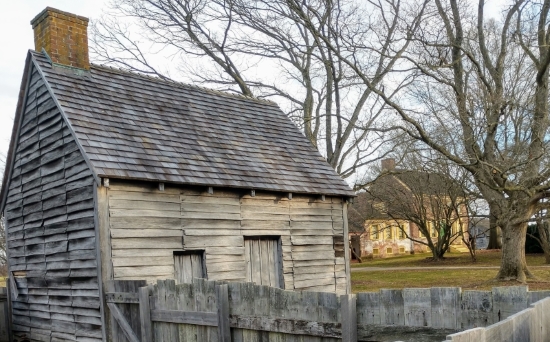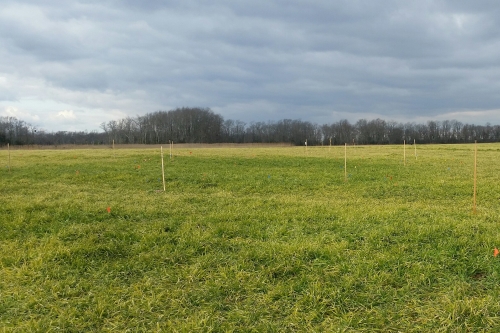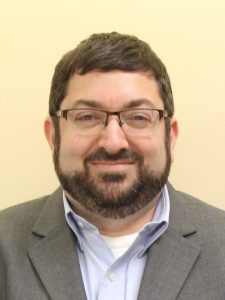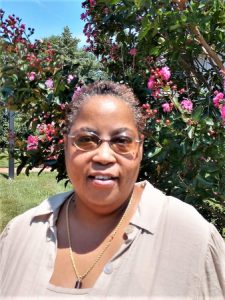Descendant community to inform John Dickinson Plantation’s future
By Daniel Citron, Delaware Division of Historical and Cultural Affairs’ Historic Sites Team manager, and Gloria Henry, John Dickinson Plantation site supervisor
The Delaware Division of Historical and Cultural Affairs’ John Dickinson Plantation has a complex history as an early Colonial farm in Delaware. This history includes Indigenous people being prohibited from utilizing and inhabiting land they had stewarded for thousands of years; people enslaved to work thousands of acres; people bound by contracts of indenture; and tenant farmers who often struggled, and sometimes succeeded, in building wealth and leaving to purchase their own land. The site was also the boyhood home of an overlooked founding father of the United States. John Dickinson (1732 – 1808) lived on the plantation for most of his formative years, leaving to study law in England. He eventually inherited the property and grew it over time to around 5,000 acres.

Dickinson is important to Delaware and the nation’s history for his thoughts and numerous writings before and after the American Revolution. He is referred to as the “Penman of the Revolution,” and his famous “Letters From a Farmer in Pennsylvania” inspired people in the American Colonies and Europe. This brought Dickinson fame as a great thinker and eloquent writer. He served the public in a variety of roles including work on numerous committees and conventions, as the primary author of the Articles of Confederation, as president of both Delaware and Pennsylvania, and as a signer of the Constitution. Dickinson opposed independence, hoping for a legal resolution to the troubles between the Colonies and the crown. Despite not signing the Declaration of Independence, he believed in democracy, so he joined the military and fought against England.
But that is not the whole story. While Dickinson wrote of freedom and liberty for all, he held human beings in bondage. He was wealthy, and much of that wealth had been gained through the labor of people who were not afforded the legal protections he sought for himself. Dickinson’s views on slavery did change over time and he eventually freed all those he enslaved. But he continued to profit from slavery by allowing his tenant farmers to continue enslaving human beings.
The African American people who were enslaved and indentured by Dickinson were not able to legally leave the property without permission, let alone vote for independence. Their stories, and the stories of free people of color who lived and labored on the property, had been erased from history. Our initiative of ending that erasure and recognizing African Americans in the cultural landscape must include engaging their descendants and other people who are interested in restoring and sharing the complete history of the plantation.
Today, the John Dickinson Plantation historic site is nearly 450 acres, including the African Burial Ground that was discovered in March of 2021. While staff members have been integrating the stories of all who have lived, labored and died on the plantation for years, finding the burial ground was an important step towards ending erasure.
The next step the division took was to hire Dr. Cheryl R. Gooch to assist with the initial formation of a Descendant Community Engagement Group. This work is funded in part by a grant from the National Trust for Historic Preservation’s Henry A. Jordan, M.D., Preservation Excellence Fund. Gooch has been meeting with staff to facilitate discussion and evaluate training needs. Most importantly, she is working with staff to prepare for public meetings in the spring and early summer. These meetings will allow those who are interested to learn more about the work and find out ways they can participate.
The division is utilizing and building on the good work done by others by following the “Engaging Descendant Communities in the Interpretation of Slavery at Museums and Historic Sites” rubric developed by James Madison’s Montpelier and the National Trust for Historic Preservation. The traditional definition of a descendant community was limited to those who could prove their lineage to someone who was enslaved on a plantation or other property. This is nearly impossible for many descendants due to the records of people who were enslaved either not surviving or never existing in the first place. As stated in the rubric, “In its most fundamental form, a ‘descendant community’ is a group of people whose ancestors were enslaved at a particular site, but it can transcend that limited definition. A descendant community can include those whose ancestors were enslaved not only at a particular site, but also throughout the surrounding region, reflecting the fact that family ties often crossed plantation boundaries. A descendant community can also welcome those who feel connected to the work the institution is doing, whether or not they know of a genealogical connection.” The division is using this broader definition to ensure all possible descendants’ voices are heard.
While the division is helping to form the Descendant Community Engagement Group for the plantation, this group is intended to be an independent organization that will collaborate with the division. This collaboration will be wide ranging and include providing recommendations for the management and interpretation of the African Burial Ground and expansion of the narrative of the John Dickinson Plantation as a site of enslavement.
The Ending Erasure: Recognizing African Americans in the Cultural Landscape initiative is part of a broader commitment by the division to diversity, equity, accessibility and inclusion (DEAI). On June 10, 2020, the division released a Race and Equity Statement promising to preserve and share inclusive history. The agency’s Strategic Plan was updated in 2022 with an emphasis on putting DEAI goals into action.
If you would like to be added to the mailing list for information about the Descendant Community Engagement Group and to be notified of the public meeting dates, please email JDPmuseum@delaware.gov.
Dan Citron joined the division in 2019 after working in interpretation/education and historic site management for over 20 years at a variety of locations including Colonial Williamsburg, Fort Delaware, Auburn Heights, and in historic New Castle.
Gloria Henry has worked at the John Dickinson Plantation for over 30 years including the last 21 years as site supervisor. Currently, she also serves as vice president of the Underground Railroad Coalition of Delaware.






